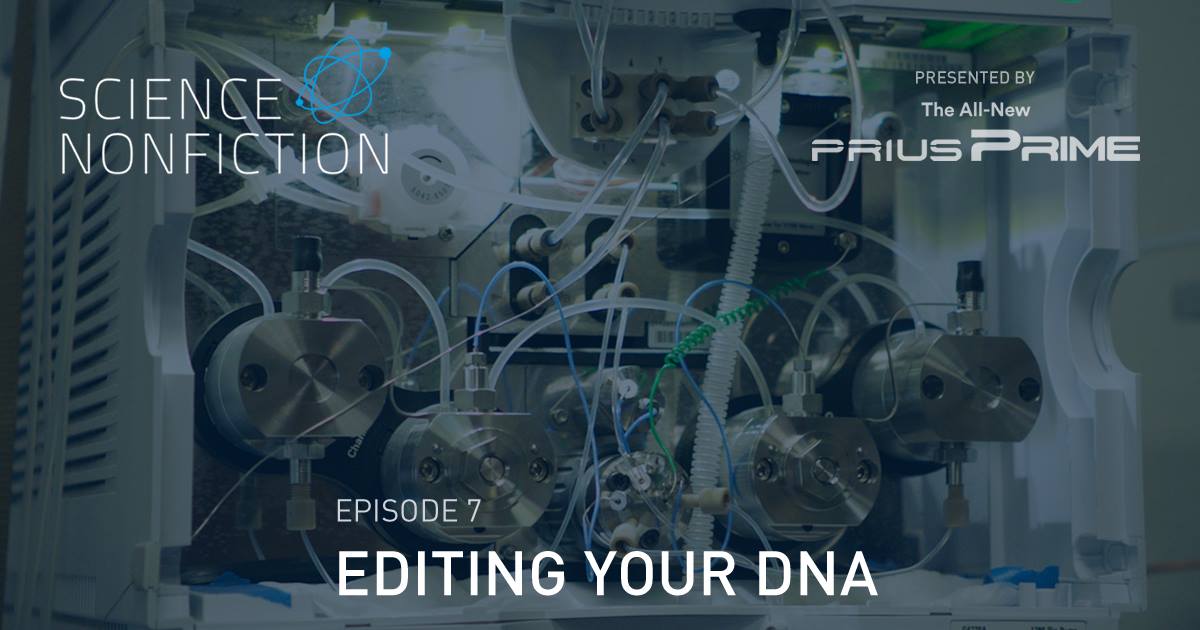Scientists just endorsed human gene manipulation.
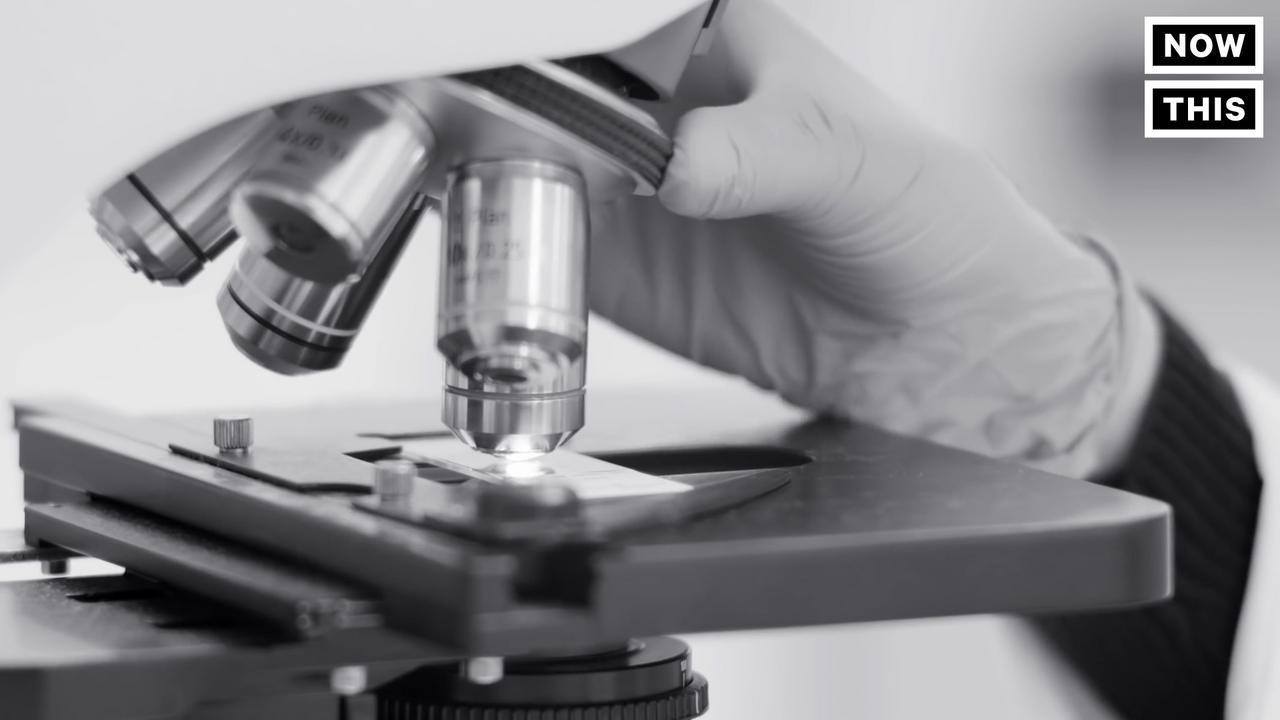

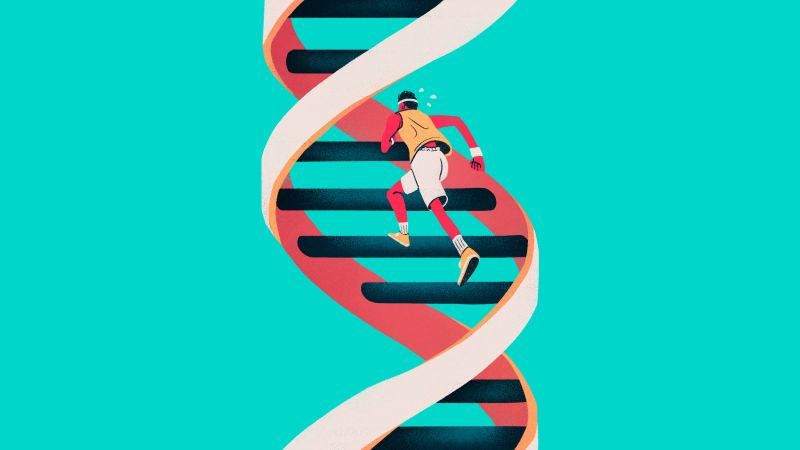
Husar, a 38-year-old telecom salesman, had spent most of his life eating the sort of Eastern European fare typical of his native Ukraine: lots of meat, potatoes, salt and saturated fats. DNA Lifestyle Coach suggested his body might appreciate a more Mediterranean diet instead.
Recently, Vitaliy Husar received results from a DNA screening that changed his life. It wasn’t a gene that suggested a high likelihood of cancer or a shocking revelation about his family tree. It was his diet. It was all wrong.
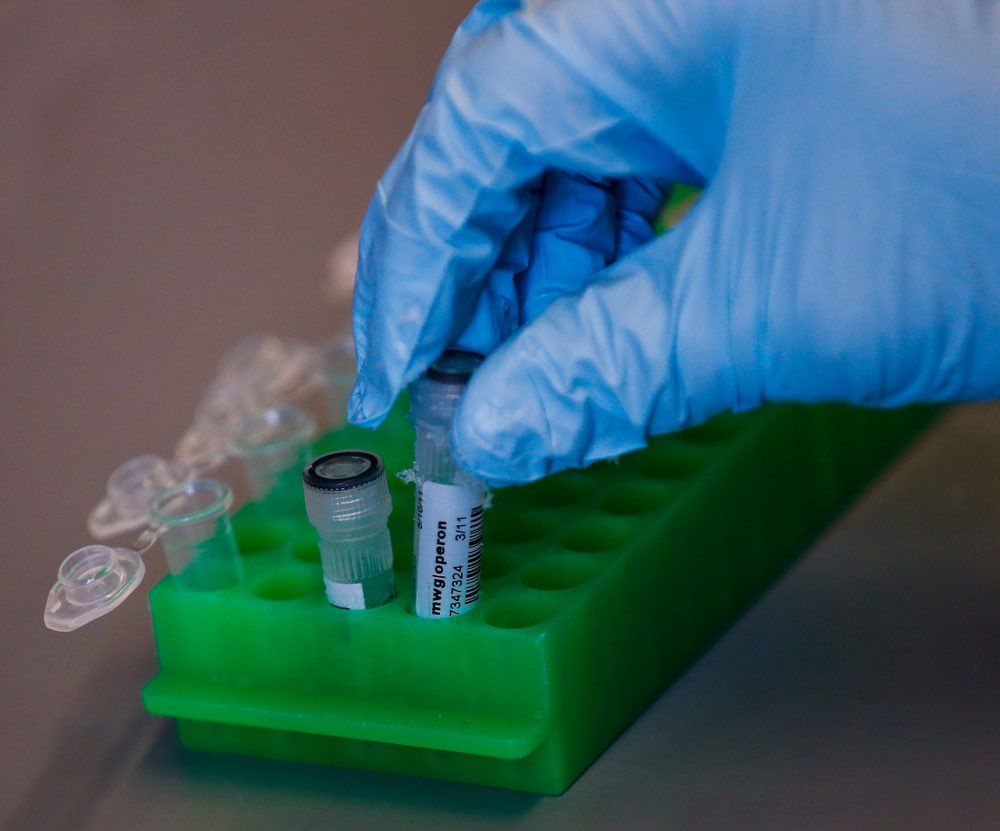
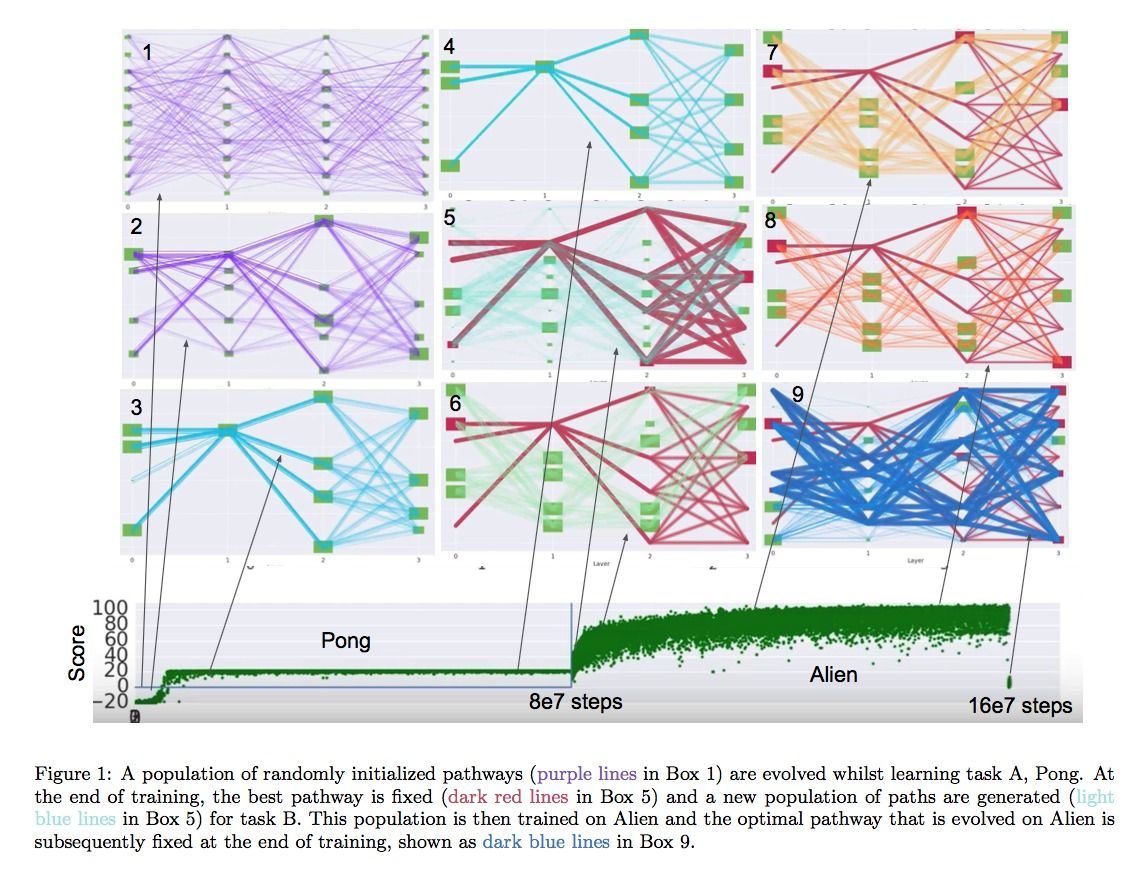
Potentially describing how general artificial intelligence will look like.
Since scientists started building and training neural networks, Transfer Learning has been the main bottleneck. Transfer Learning is the ability of an AI to learn from different tasks and apply its pre-learned knowledge to a completely new task. It is implicit that with this precedent knowledge, the AI will perform better and train faster than de novo neural networks on the new task.
DeepMind is on the path of solving this with PathNet. PathNet is a network of neural networks, trained using both stochastic gradient descent and a genetic selection method.
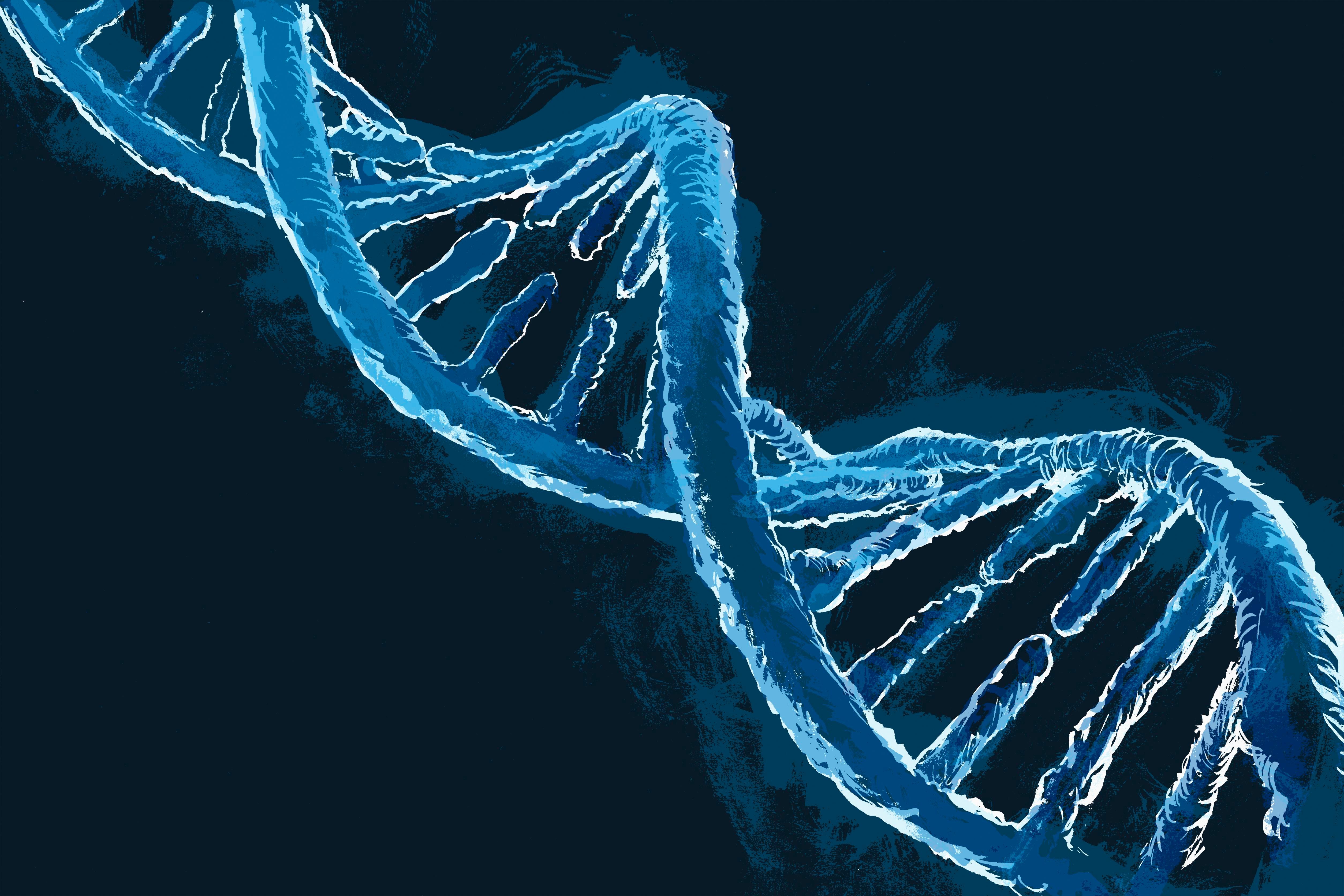
Definitely yes on gene mutations; however, those where the disease has already appeared, or cancer that has occurred before will require another form of eradication/ prevention. And, that is where Quantum Biosystem technology will be effective in eliminating disease.
ALL inherited diseases could be cured within 20 years, a leading British expert claims.
It includes eradicating life-limiting conditions such as cystic fibrosis and Huntington’s disease.
The Broad Institute in Cambridge, Mass., will retain potentially lucrative rights to a powerful gene-editing technique that could lead to major advances in medicine and agriculture, the federal Patent and Trademark Office ruled on Wednesday.
The decision, in a bitterly fought dispute closely watched by scientists and the biotechnology industry, was a blow to the University of California, often said to be the birthplace of the technique, which is known as Crispr-Cas9.
An appeals board of the patent office ruled that the gene-editing inventions claimed by the two institutions were separate and do not overlap.
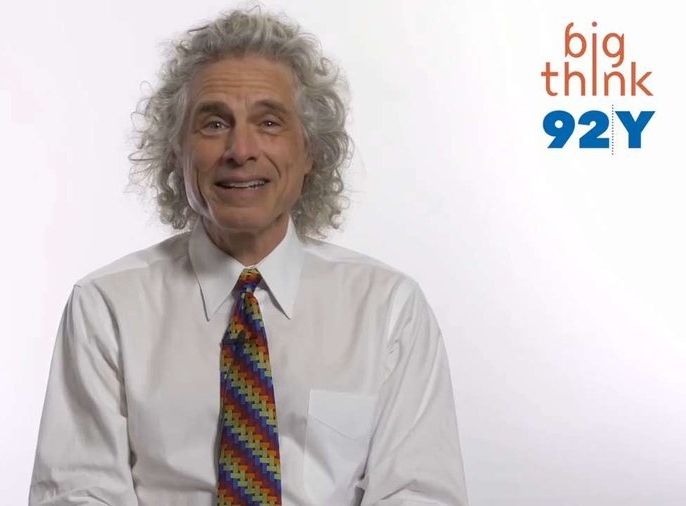
This video is part of a series on genius, in proud collaboration with 92Y’s 7 Days of Genius Festival.
In the late 1990s, scientists thought they were close to locating specific genes that controlled for human intelligence in all its manifestations: musical genius, analytical acumen, physical prowess, etc. But the truth turns out to be more complicated, says Harvard psychologist and linguist Steven Pinker. There are many genes — perhaps thousands — that affect human intelligence, and while manipulating them may have predictable benefits, the adverse consequences remain unpredictable. Thus experimenting with our so-called intelligence genes will likely be met with high levels of skepticism in caution. It’s proof, says Pinker, that technological advancement doesn’t always march to the drum beat of inexorable forward progress.

In a controversial move, a senior US scientific committee has given the green light to one of the most contentious forms of genome editing: where genetic changes made to human embryos will then be inherited by following generations.
For the first time, a panel of experts from two of the most recognised scientific institutions in the US has advised that this process – called germline editing – should be seriously considered as an option in the future, and not outright prohibited.
It’s a considerably more positive tone than the assessment of an international summit of scientists in December 2015, which declared that it would be “irresponsible to proceed” with germline editing unless safety issues and social consensus could be satisfied.
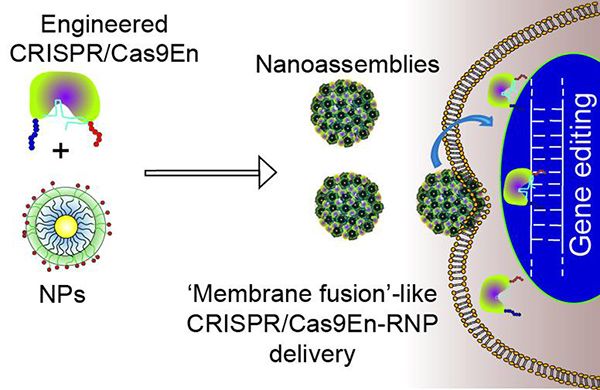
CRISPR/Cas9, a powerful gene editing technique that has already been used in a human, is thought by many as a “cut and paste” for DNA in living organisms. While in a sense that is what happens, delivering the ribonucleoprotein that does the genetic editing and the RNA that hones in on the target, into the cellular nucleus without being damaged is a challenge. That is why the efficiency of successful edits remains very low. Researchers at University of Massachusetts Amherst have now come up with nanoparticles that protect the protein and RNA as they’re brought to their work site.
The nanoparticles are engineered around their cargo and have shown a 90% success rate of getting the cargo into the nucleus, and a 30% editing efficiency, which is “remarkable” according to the researchers. So far the team has tested their technique on cultured cells, but they’re already working on trying the same in laboratory animals. As part of their research, they developed a novel way of tracking the Cas9 protein inside the cells, something that will certainly help other scientists in this area.
“By finely tuning the interactions between engineered Cas9En protein and nanoparticles, we were able to construct these delivery vectors. The vectors carrying the Cas9 protein and sgRNA come into contact with the cell membrane, fuse, and release the Cas9:sgRNA directly into the cell cytoplasm,” in a statement said Vincent Rotello, lead author of the study in ACS Nano. “Cas9 protein also has a nuclear guiding sequence that ushers the complex into the destination nucleus. The key is to tweak the Cas9 protein,” he adds. “We have delivered this Cas9 protein and sgRNA pair into the cell nucleus without getting it trapped on its way. We have watched the delivery process live in real time using sophisticated microscopy.”
